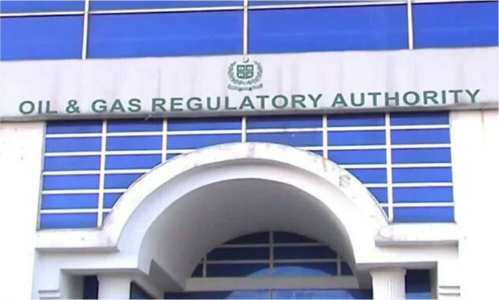ISLAMABAD: The government is likely to withdraw subsidy available to electricity consumers using 201 to 300 units monthly gradually on the plea that provision of subsidy is not possible due to power sector’s financial woes, well informed sources told Business Recorder.
According to the proposed subsidy plan for FY 21, residential consumers with an average of 300 units of monthly consumption will be targeted for subsidy, estimated impact Rs 19.4 billion.
For gradual reduction of subsidies from those consuming up to 300 units introduction of more tariff slabs for larger consumers is also on the cards, the sources added.
“Removal of Incremental Block Tariff (IBT) benefit, addition of more slabs for consumers using above 700 units in a month and review of the multi-meter policy is also part of the plan,” the sources continued.
In addition, targeting of agriculture tube-well consumers for subsidy and linking of zero rate subsidies to actual exports will also be ensured.
The current level of subsidy, sources said, has been calculated at Rs 421 billion, of which Rs 26 billion is given to 3,936 zero rated industrial consumers, Rs 38 billion to Azad Jammu and Kashmir, Rs 18 billion to 402,000 ex- FATA-residential consumers, and Rs 36 billion to 337,000 industrial consumers as Industrial Support Package (ISP).
The subsidy to one million lifeline consumers who use up to 50 units months is zero, however, Rs 65 billion subsidy is being extended to 18 million consumers, using 1-100 units monthly. The amount of subsidy for 5 million domestic consumers using 101-200 units in a month is Rs 78 billion, and Rs 59 billion for those who use 201-300 units.
The number of consumers using 301-700 units is one million, who cross subsidize other domestic consumers with Rs 5 billion whereas consumers using above 700 units months contribute Rs 6 billion as cross subsidy.
According to sources, total subsidy amount of Rs 191 billion is being extended to 26 million domestic consumers. The federal government is also extending Rs 26 billion subsidy to 2 million consumers of Karachi Electric.
In agriculture sector, Rs 23 billion subsidy is being given to 29,000 agriculture consumers of Balochistan whereas a subsidy of Rs 63 billion is being given to agriculture consumers in other Discos.
The sources further stated that the Power Division has deleted the impact of NHP impact of Rs 500 billion per annum under Kazi formula from the final document of Circular Debt Management Plan (CTBCP) as most of its share will go to KP. A couple of seniors’ officials of Power Division who are now retired or transferred, had opposed calculation of NHP on the basis of Kazi formula.
Central Power Purchasing Agency- Guaranteed (CPPA-G) in its initial draft had indicated that the financial implication of Kazi formula will be Rs 500 billion on circular debt. However, the draft presented to the CCoE and later on to the Cabinet, included the words ” if NHP is paid as per AGN Kazi formula the expected circular debt as per para 1.2 will increase by Rs 495 billion per annum”.
The projected increase in tariff will be over Rs 5 per unit by 2023 to bring circular debt to zero. However, if government decides to take account of a portion of circular debt, raise in tariff will be reviewed.





